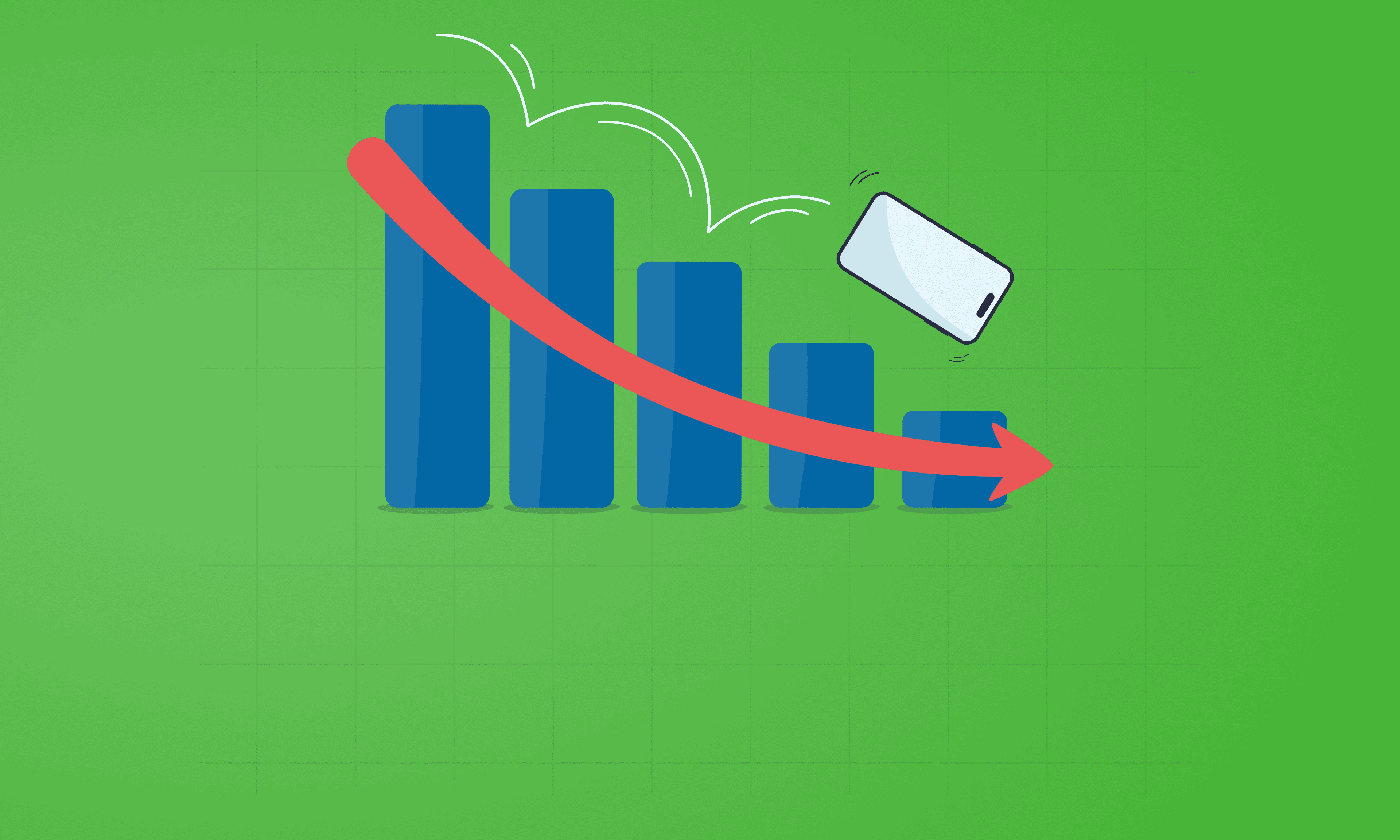
When buying or selling your phone, it is essential to find out its storage capacity (GB - short for gigabyte). This number will tell you how much internal storage your phone has.
There are so many advantages to knowing how much memory your phone has, because it will determine, in part, the value of your phone when you’re looking to sell it, for example. But, bear in mind that more storage does not necessarily increase the value of your phone. People rarely opt for models with 1TB storage due to the high cost when buying brand-new. As such, it has a knock-on effect once it hits the refurbished market.
How you check your phone’s storage will depend on whether you have an iPhone or an Android device. Check the step-by-step instructions below.
Finding your iPhone’s internal storage is a breeze. Simply follow these quick steps:
📱Open the Settings menu, scroll down and tap on General.
📱Click on About and look for a number under Capacity.
Finding your Android phone's memory is a little different because it will depend on the manufacturer and also on which model you have.
Typically, storage capacity information is stored in Settings > Storage, however, if you have a Samsung phone, you can find the total storage capacity information under Settings > Device Care.
The number you’re looking for will be under Storage and it is displayed as available memory out of the total. For instance, in the above example, the Android phone’s internal storage shows 201.7GB / 512GB. It means that the device has a memory of 512GB, out of which 201.7GB has already been used.
If you are unable to turn on your phone and access the Settings menu, you can look at the device’s original retail box where it will have the storage information written on a label at the back.
In case you don't have the original box, then you can use an IMEI checker tool online which will provide you with your device’s storage specification. The IMEI number of your phone can be found either on the back of the device for most Android phones and iPhones older than the iPhone 6. For newer iPhones, it will be printed inside the SIM tray when you eject it.
There you have it - the most simple way to find out what memory your iPhone and Android has. If geared with this information you're getting ready to sell or trade it in, don't forget to check Compare and Recycle for how much your phone is worth. We also have a step-by-step guide on what to do before selling your phone so check it over to learn how to safely back up your data and wipe the phone properly.


The iPhone used to define innovation. Now every new model feels the same. Is Apple’s story running out of pages?

See which Apple, Samsung and Google phones hold their value best over the first and second year on the market.
With Pixels becoming a decent contender for your upgrade choice, we’ve crunched the numbers to reveal depreciation patterns of Google Pixel phones.